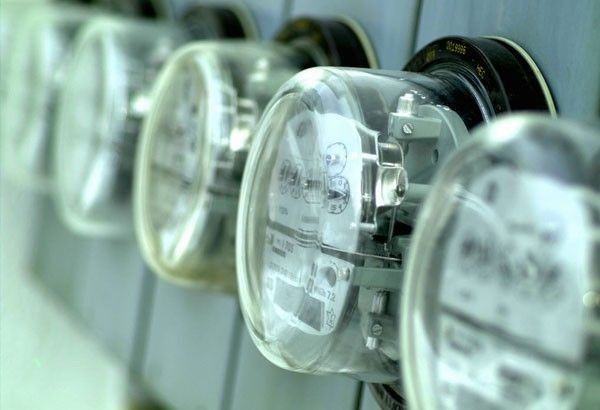Philippines power rates are fair and reasonable

Power rates in the Philippines are fair and reasonable, according to a 2022 updated report on the Regional/Global Comparison of Retail Electricity Tariffs published by the International Energy Consultants (IEC).
The report, the fourth in a series published by the Australia-based consulting firm providing market-related advisory services to companies operating in and associated with the electricity supply industry in the Asia-Pacific region, mirrors the same report published by USAID-CATIF. Similar reports were compiled by IEC in 2012, 2016 and 2018.
The IEC report involved the conduct of a detailed survey and analysis of retail electricity tariffs and costs in 17 core markets (15 countries and two US states) in the Indo-Pacific region plus Meralco, as well as a supplementary, less comprehensive “meta-analysis“ of 27 countries in the Euro area and the 48 remaining US states.
Of the 25 countries in the survey with cheaper tariffs compared to the Philippines, at least eight – Indonesia, Malaysia, Thailand, South Korea, South Africa, Sri Lanka, Taiwan, Vietnam – are heavily subsidized, while 14 either generate or import a large fraction of nuclear power, and the remaining three are rich in indigeneous hydro resources.
Tariffs in most subsidized markets, such as Japan (Kansai), Hong Kong, Singapore, New Zealand, California (PG&E), Hawaii, Canada (Ontario), and Papua New Guinea have either remained unchanged (in local currency terms), or the increases have been insufficient to offset the increases in input costs and currency depreciation.
Many of the markets have actually seen their tariffs (in US$ terms) decline, resulting in a massive increase to subsidies.
To determine if the Meralco tariff is fair, IEC assessed the reasonableness of various components independently.
For example, the report showed that Meralco’s generation charge (13.42c/kWh1 @ 71 percent of the total tariff) is significantly lower than IEC’s estimate of the long-run marginal cost of producing reliable wholesale electricity in Luzon (16.00c/kWh2 ).
IEC attributed the significant discount in generation charge to Meralco’s ability to source low-cost power supply agreements (PSAs). This redounded to the benefit of Filipino consumers who receive their wholesale energy at more than 15 percent below replacement cost.
To secure least-cost supply, Meralco has been proactively conducting biddings, with the most recent tender notice issued involving a total of 1,200-megawatt baseload power supply to cover the previously terminated San Miguel Groups’ PSAs of Ilijan and Sual.
IEC also assessed Meralco’s distribution charge, which it found to be 33 percent cheaper than the average market surveyed.
It reported that Meralco’s taxes and other charges (1.81c/kWh @ 10 percent of the total) are much lower than the average 21 percent of the 46 markets surveyed. Other charges (three percent of the total) are lower than the average of 11 percent seen elsewhere, and the VAT rate (seven percent effective) is much lower than the 10 percent average rate elsewhere.
“Considering all of these factors, IEC believes that - on average - Meralco’s regulated customers are currently paying a fair and reasonable price for electricity,” the report said.
In terms of overall rates, Meralco’s tariff has increased by 24 percent, about the same level as the 23 percent increase globally, over the past five years. The increase is attributable to the generation charge that has risen as a result of fuel price increases, particularly imported coal and domestic gas, but the decrease in Meralco’s network charges and taxes have been more than offset by the increase in generation charge.
Despite lack of subsidies and fundamentally high supply costs, Meralco’s tariffs nonetheless remain close to both the global average and median during the past decade.
The power utility’s average tariff now ranks 21st out of 46, and three percent below the global average. Excluding subsidized markets, Meralco’s tariff is 13 percent lower than the world average, according to IEC.
And while the Luzon power market is unsubsidized and the majority of electricity is produced using imported fuel, IEC noted that “Meralco appears to have done a very good job of minimizing tariff increases.”
To hold or improve its position relative to tariffs in other markets, IEC recommended that the country must focus on facilitating investment in new generation in order to meet rapid demand growth.
In particular, the country needs to address the major problem of relying on imported coal and a soon-to-be exhausted domestic gas supply. IEC pointed out that urgent attention should be given to accelerating the development of domestic renewable energy sources – particularly wind and solar – supplemented by utility-scale storage – particularly pumped hydro.
- Latest
- Trending

























